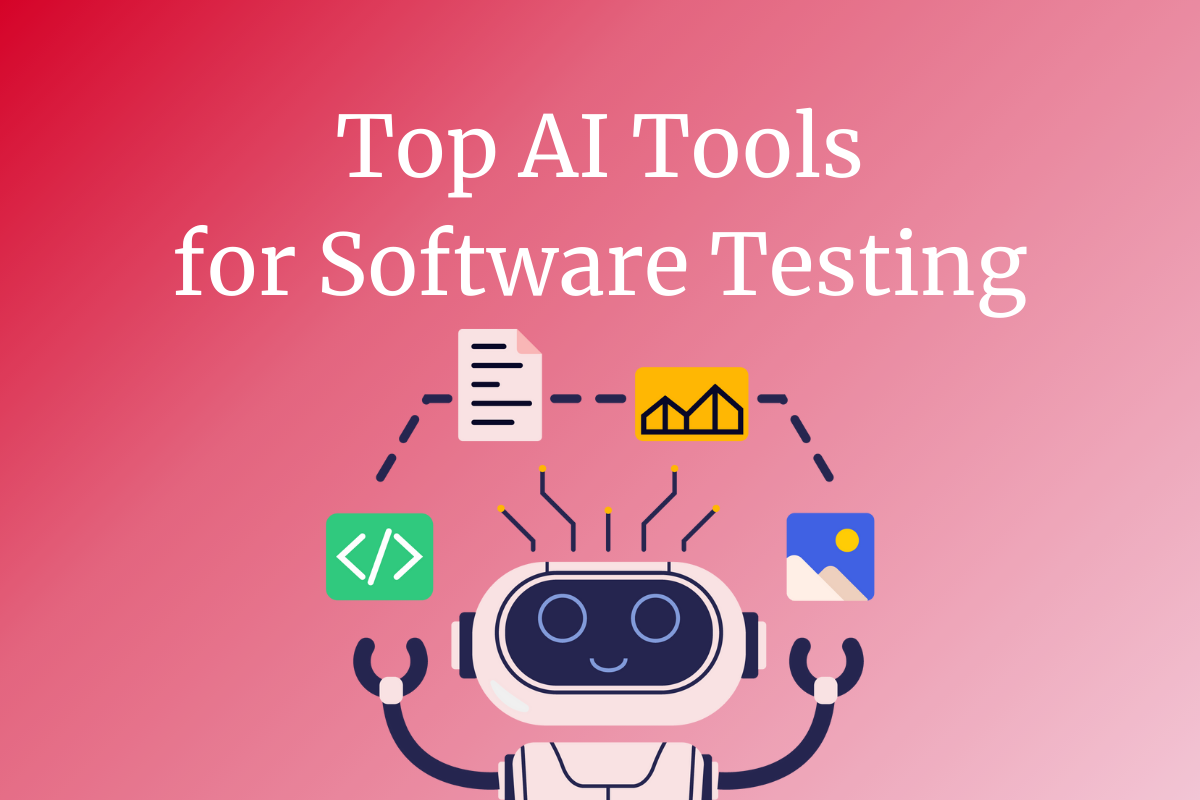Beneath the surface, a complex data network is intricately woven, harboring the keys to an unparalleled competitive advantage. It’s the era where big data unravels the subtleties of customer behavior, unveils the concealed treasures of market trends, and empowers businesses to enhance their performance.
Nevertheless, as data volumes surge to unprecedented heights, extracting meaningful insights can be as challenging as searching for a needle in a haystack. This is where the synergy of business intelligence (BI) steps in to navigate the complications of big data. These two technologies collaborate to help businesses pinpoint inefficiencies, boost productivity, and increase strategic clarity and operational efficiency.
In today’s blog, we’ll discuss the core of the partnership between big data and business intelligence. Specifically exploring how they are reshaping the way organizations extract insights and make well-informed decisions.
Transforming Big Data Analytics with Business Intelligence
You might have encountered numerous discussions surrounding the synergy between business intelligence and big data. However, let’s quickly recap what these terms meant to ensure we’re all on the same page.
Big data refers to vast volumes of data that come in different kinds of formats, arrive rapidly, and require rigorous scrutiny for accuracy. Traditional data management tools typically need help to handle these extensive and intricate datasets.
On the other hand, business intelligence encompasses the tools, processes, and technologies used to gather, analyze, and present meaningful insights in an easily understandable format.
Without delving further into the confusion of these technologies, let’s explore how companies can tackle their potential to gain advantages and address potential challenges.
1. Data Integration and Centralization
In order to fully leverage the value of their data assets, businesses must achieve efficient integration and centralization of a wide array of data sources. Yet, achieving a seamless integration and analysis process can sometimes take time and effort due to differences in formats and quality concerns.
Consider a scenario where you lack a singular source of information. In such instances, you may find yourself grappling with incomplete and isolated data. In this context, obtaining accurate reports and insights becomes challenging, impeding your ability to make crucial business decisions.
Then what is the solution?
In a world where data is scattered across various sources, such as databases, spreadsheets, and cloud services, business intelligence tools play a pivotal role in unifying these disparate data streams. These tools connect, bridging the gap between different data sources and enabling organizations to uncover correlations and insights that might otherwise remain concealed.
How does business intelligence collaborate with other tools to integrate and centralize data? Business intelligence can seamlessly integrate with CRM systems to aggregate and manage customer data, interactions, and transactions within a unified platform. Leveraging a CRM solution like Salesforce or Creatio, you can efficiently track customer preferences, purchase history, and support inquiries.
Additionally, Google Analytics 4 (GA4) emerges as a valuable asset for data integration, focusing on website and app analytics and delivering advanced insights into user behavior and engagement.
When combined with GA4 and CRM systems, business intelligence streamlines the process of data collection and analysis, empowering businesses to make well-informed decisions based on a comprehensive understanding of their audience.
2. Data Quality and Consistency
Dealing with many data sources means you are confronting the high risk of encountering inconsistencies and inaccuracies. Consequently, being certain regarding data quality and reliability presents a significant challenge. With this assurance, your analyses may yield relevant insights and lead to accurate conclusions. It’s clear that making sound, data-driven decisions becomes untenable when relying on incorrect data.
The solution for this challenge is business intelligence tools, which streamline the data preparation and cleansing process, a crucial step in big data analytics. Business intelligence platforms offer features that help identify and rectify inconsistencies, errors, and redundancies within datasets. This includes tasks like eliminating duplicate entries and correcting inaccurate values.
Moreover, business intelligence technologies provide mechanisms for ongoing data quality monitoring. This involves the establishment of rules and thresholds for data accuracy, completeness, and consistency. If data deviates from these predefined standards, the platform can trigger notifications, allowing you to take swift action to prevent potential issues.
3. Interactive Dashboards and Reports
Comprehending big data is challenging, particularly for individuals lacking technical expertise. It is essential to keep data comprehensible and relevant for them, well-organized reports, and user-friendly dashboards. Without these tools, there’s a risk of misinterpreting information, potentially resulting in erroneous conclusions.
Through the strategic adoption of reports and dashboards, organizations can achieve the complete capabilities of their data analytics, ultimately enhancing business outcomes. Essentially, these business intelligence tools offer a visual interpretation of data, enabling users to discern valuable insights promptly.
Furthermore, you can advance even further by promoting a culture of data literacy within your company. This approach empowers your employees to design personalized dashboards and disseminate them throughout the workforce. The widespread accessibility of these dashboards helps your team operate from a common source of accurate information, fostering improved collaboration with data.
4. Real-Time Data Monitoring
In this dynamic and constantly evolving world, there’s no need to emphasize the significance of making decisions promptly. While accurate insights are undeniably crucial, their delivery timing is equally essential. Delaying critical insights could potentially put you at a competitive disadvantage.
Thankfully, in today’s landscape, business intelligence offers a suite of tools for conducting real-time big data analytics. This empowers businesses to seize opportunities and navigate the ever-changing market with assurance.
One such tool at your disposal is Microsoft’s Power BI, which seamlessly integrates with diverse data sources, including real-time streaming data. This allows users to construct interactive visualizations and generate reports that mirror real-time data fluctuations.
5. Automated Insights
Big data frequently encompasses extensive and detailed datasets that can be both time-consuming and resource-intensive to analyze manually. They come with a notable risk of errors and inconsistencies, resulting in unreliable insights.
Numerous contemporary business intelligence platforms integrate automation and machine learning tools driven by artificial intelligence to optimize the effectiveness of data analysis. Automation generally yields many advantages, spanning from mitigating human errors to uncovering patterns and trends in vast datasets.
Automation extends beyond error reduction and uncovering hidden insights. It also excels at identifying anomalies and promptly alerting the appropriate personnel. For instance, automated security systems continuously monitor network traffic and can promptly notify the information security department of any unusual or potentially malicious activities.
6. Cost-Effectiveness
It’s common knowledge that data analysis demands a substantial investment, particularly if you opt to develop a tailor-made analytics platform for handling big data requirements. This endeavor entails extensive coding, robust infrastructure, and the involvement of seasoned professionals such as data engineers, inevitably leading to significant expenses.
Cost efficiency stands out as a key driver behind the increasing popularity of business intelligence solutions in the realm of big data analytics. These solutions typically come equipped with pre-built features and tools, including data integration, visualization, and reporting. Moreover, these tools are user-friendly and straightforward, facilitating quick and efficient data analysis.
Thanks to this substantial advantage of business intelligence, there is often no necessity to embark on the laborious task of building analytical solutions from the ground up.
7. Risk Management and Fraud Detection
Undoubtedly, effective risk mitigation and fraud detection are indispensable in data analytics. However, managing these aspects presents considerable challenges regarding big data.
Failure to take prompt measures to address these issues can compromise data reliability and trustworthiness, affecting the business’s bottom line and the organization’s reputation.
To solve this problem, you should assume that business intelligence tools are adept at identifying unusual patterns and anomalies that could signify fraudulent behavior.
By integrating business intelligence with big data, businesses can aggregate historical data from various sources, including mobile apps, web platforms, and IoT devices. Analyzing this data allows for the early detection of potential suspicious activities.
Leveraging machine learning and predictive modeling can enhance risk management within big data analytics. These tools are instrumental in uncovering patterns, correlations, and trends within databases, enabling businesses to anticipate potential threats and address them proactively.
8. Data Governance and Compliance
Data governance and compliance play pivotal roles in big data and business intelligence, ensuring precision, security, and adherence to regulatory standards. This involves establishing a framework of rules, protocols, roles, and accountabilities that dictate how data should be handled. The primary objective is to guarantee that everyone understands proper data management clearly.
Equally vital is the adherence to regulations and industry standards in data collection. Failure to comply can result in severe legal and financial repercussions, potentially plunging your organization into legal and reputational jeopardy.
What is the solution to this issue?
Several business intelligence tools, such as Tableau and Power Business Intelligence, offer functionalities designed to support data governance and compliance. This ensures that your data management aligns with regulatory and industry benchmarks, effectively averting costly breaches and penalties associated with non-compliance.
Furthermore, data governance and compliance can cultivate a culture of transparency and accountability within your organization. Additionally, the provision of reliable insights can have a positive impact on your company’s reputation.
9. Cloud Connectivity
By establishing robust cloud connectivity, you can unlock the complete benefits of cloud resources while maintaining data accessibility. While cloud technologies offer scalability, they do present certain challenges. It’s crucial to prioritize data safety and security during transfers, cost management, and resolving latency issues.
Integrating business intelligence solutions with cloud technologies like Google Cloud, Amazon Web Services, or Microsoft Azure can substantially enhance data security. Business intelligence systems come equipped with their own array of built-in security features, including access controls and encryption, which complement the existing security infrastructure of the cloud.
Consequently, businesses gain the ability to identify and address potential threats and unauthorized access precisely. The synergy between business intelligence solutions and cloud technology empowers organizations to fortify security measures and proactively mitigate potential issues.
Leverage Your Big Data with Business Intelligence Capabilities
Business intelligence and big data form a symbiotic relationship, offering valuable insights and advantages for businesses. It plays a supporting role in big data analytics, aiding in issue mitigation and enhancing overall business performance.
Given the diverse nature of business requirements, it’s essential to apply tools that align with your specific needs. If you are facing a shortage of skilled professionals, supercharge your business with big data analytics. Contact SHIFT ASIA today and get the private consultation that fits you best!
ContactContact
Stay in touch with Us








